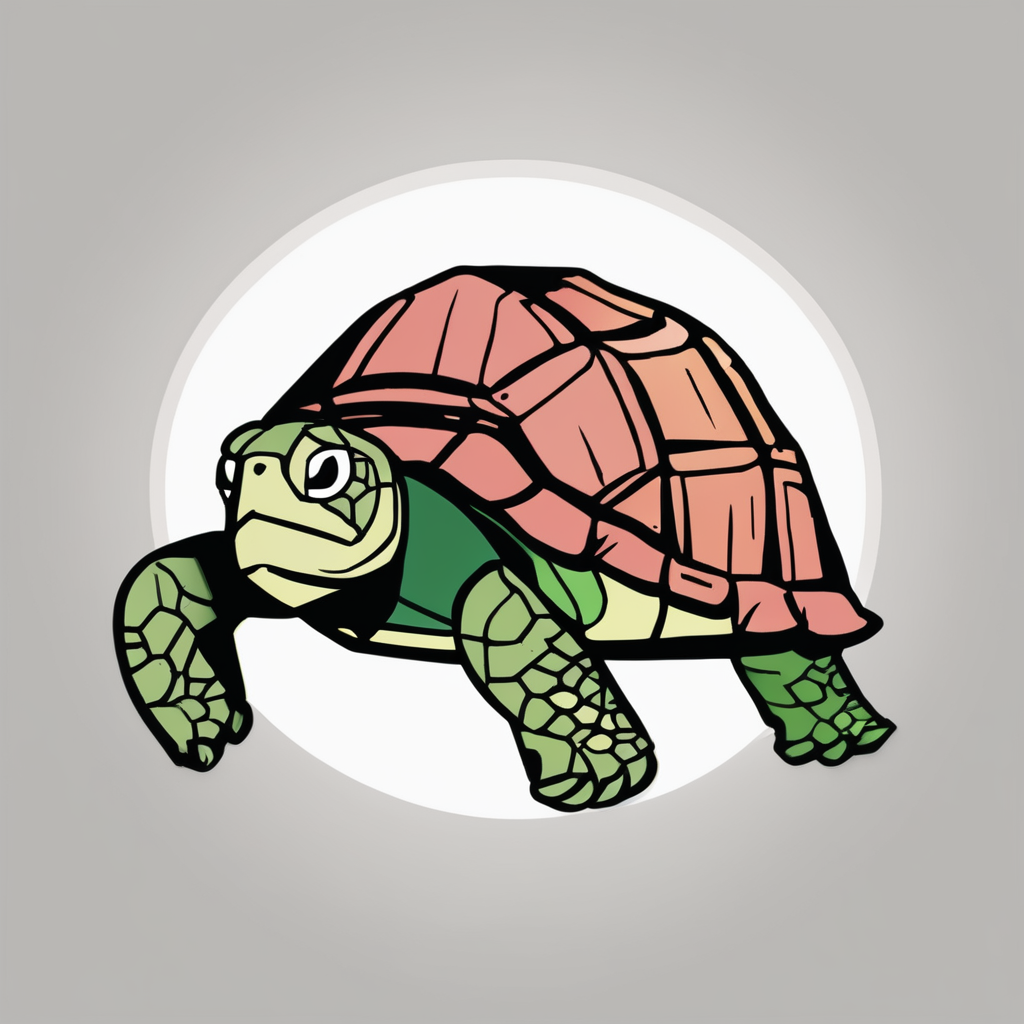Quick Start: Essential DIY Cat Toys for Every Home
Creating DIY cat toys is a fantastic way to provide homemade cat enrichment that suits your pet’s unique needs and keeps them mentally and physically stimulated. Using safe and affordable materials such as yarn, cardboard, and fabric scraps, you can craft toys that are both budget-friendly and engaging.
For beginners, simple projects like yarn balls and cardboard puzzles are excellent starting points. Yarn balls offer a lightweight, throwable toy that encourages playful batting and chasing. Cardboard puzzles add an interactive element, challenging your cat to discover hidden treats or toys. Step-by-step tutorials for these basics help ensure success. For example, tightly wrapping yarn into a small ball or cutting cardboard into interlocking shapes to hold treats can immediately capture your cat’s interest.
In the same genre : Top tips for ensuring your cat’s safety during the holiday season
Adjusting your creations to accommodate kittens, adult cats, or seniors helps maintain interest and safety. Kittens may prefer softer, smaller yarn balls, while older cats might benefit from slower, more accessible puzzle challenges that avoid frustration. This adaptation increases engagement and supports your cat’s health throughout their life stages. With easy cat toy crafts, you create a playful, stimulating environment right at home.
Interactive Activities to Stimulate Your Cat’s Mind and Body
Interactive cat activities are essential for feline mental stimulation and physical health. DIY puzzles and treat dispensers engage your cat’s problem-solving skills by rewarding successful play with a tasty incentive. For example, creating a cardboard puzzle with hidden treats encourages exploration and persistence. Step-by-step tutorials can guide you in crafting these easy cat toy crafts using safe and affordable materials like recycled boxes and paper rolls.
In the same genre : Discovering and managing food allergies in cats: a comprehensive guide
Setting up obstacle courses using household items offers climbing and jumping challenges, which appeal to cats’ natural agility and curiosity. Incorporate pillows, boxes, and tunnels to build a dynamic play area that promotes exercise and mental engagement. Regularly rotating and introducing new activities prevents boredom and keeps your cat interested over time.
Variety is key for feline mental stimulation. Alternate between different interactive cat activities—puzzles one day, obstacle courses the next—to satisfy your cat’s instincts. Well-designed DIY cat toys and activities not only entertain but also reduce stress and destructive behaviours by providing purposeful play that adapts to your cat’s energy and focus levels.
Quick Start: Essential DIY Cat Toys for Every Home
Start with safe and affordable materials—common household items like yarn, cardboard, and fabric scraps are ideal for creating engaging DIY cat toys. These materials avoid chemical risks and are easy to source, making homemade cat enrichment both practical and economical. For example, yarn balls can be quickly made by tightly winding yarn into small spheres that invite batting and chasing. Cardboard puzzles provide a fun challenge when arranged to hide treats, encouraging your cat’s curiosity and problem-solving skills.
Step-by-step tutorials simplify making these easy cat toy crafts, guiding you through essential techniques such as securely knotting yarn or designing interlocking shapes in cardboard that won’t easily fall apart. This approach ensures your cat’s playtime is safe and stimulating.
Adapting your DIY cat toys to your pet’s age enhances their effectiveness. Kittens benefit from softer, lightweight yarn balls to match their playful energy, while adult and senior cats might prefer sturdier puzzles or less complex designs to suit their abilities. This customization supports ongoing engagement and avoids frustration, making homemade cat enrichment a rewarding experience for both you and your feline friend.
Quick Start: Essential DIY Cat Toys for Every Home
Creating DIY cat toys begins with selecting safe, affordable materials that are both accessible and non-toxic. Common choices include yarn, cardboard, and fabric scraps, which provide excellent bases for homemade cat enrichment without risking your cat’s health. Using these materials ensures toys are lightweight, easy to handle, and simple to replace if worn.
Step-by-step tutorials help you craft basic but effective designs. For instance, tightly wound yarn balls encourage batting and chasing, while cardboard puzzles stimulate problem-solving through treat discovery. Detailed instructions on knotting yarn securely or cutting interlocking cardboard pieces prevent toys from falling apart, ensuring durability during play.
Adapting toys to your cat’s life stage enhances engagement. Kittens benefit from softer, smaller yarn balls to match their delicate paws and playful energy. Adult cats often enjoy sturdier puzzles that challenge their intellect, while seniors may prefer gentler, easier-to-handle toys to avoid frustration or injury. Tailoring easy cat toy crafts to your cat’s individual needs maximizes the benefits of homemade cat enrichment and keeps playtime safe and stimulating.
Quick Start: Essential DIY Cat Toys for Every Home
Using safe and affordable materials is key for creating effective DIY cat toys. Common household items like yarn, cardboard, and fabric scraps are ideal for homemade cat enrichment because they are inexpensive, easy to source, and non-toxic. For example, yarn balls made by tightly winding yarn offer lightweight, inviting toys that encourage batting and chasing. Cardboard puzzles crafted by cutting interlocking shapes provide stimulating challenges, engaging your cat’s problem-solving skills as they discover hidden treats.
Step-by-step tutorials for these easy cat toy crafts ensure you make secure, durable toys. Learn techniques like knotting yarn tightly so balls don’t unravel and designing stable cardboard puzzles that won’t collapse. These instructions contribute to safe, long-lasting play objects that retain your cat’s interest.
Adapting toys to your cat’s life stage enhances their effectiveness. Kittens benefit from small, soft yarn balls tailored to their size and playfulness. Adult cats often enjoy more complex puzzles that challenge their intelligence. Seniors may prefer gentler, simpler designs to accommodate decreased agility and avoid frustration. This customization of DIY cat toys maximizes enrichment and keeps your cat engaged over time.
